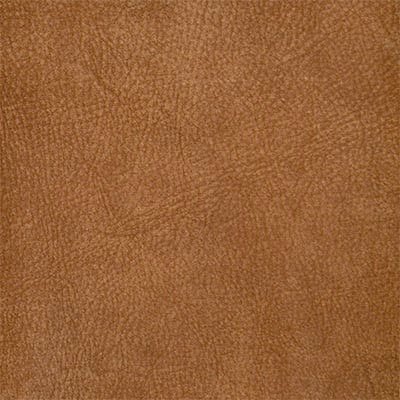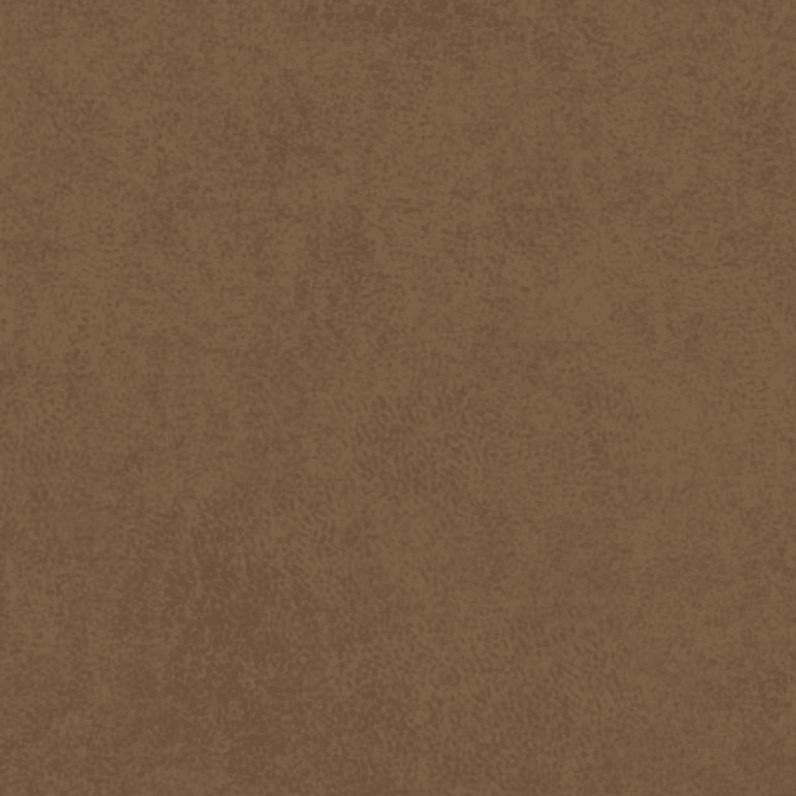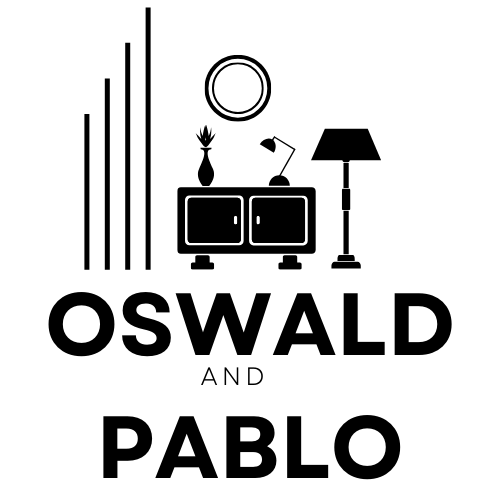Our Leather
Aniline Leather
Aniline leather is the most natural leather available. It is made from only the best quality hides which is dyed through the entire thickness. The surface of the leather is usually untouched showing all of its natural characteristics, with grain variation, scars and natural markings clearly visible.
Aniline leather has only a light protective coating of transparent pigment and is the least durable of all the leather types. Due to the minimal processing of each hide, no two hides are exactly the same and the texture dye and finish penetrations will be different. Every effort is made to achieve exactly the same finished hide, however some variation in colour may occur. However this does mean it’s the most softest and natural type of leather available for our furniture.
Because of the natural porosity of the hide, aniline leather is more susceptible to light and liquid absorption and less protected from soiling compared to semi-aniline or pigmented leathers. Aniline leather should be treated with care in domestic environments.
Semi Aniline Leather
Similar to Aniline leather, this type of leather is made on the best quality hides and is dyed through the entire thickness of the skin. Unlike aniline leather, semi-aniline hides have a light surface coating applied to the leather after the dyeing process to make it more durable and more suitable for domestic environments.
Just like aniline leather, each hide is unique and the texture dye and finish penetrations will differ. Every effort is made to achieve exactly the same finished hide, however some variation in colour may naturally occur. The natural grain surface of the leather will usually show much less natural characteristics, though they will still be visible. This mean it will be less susceptible to soiling and easier to care for than aniline leather.
Corrected Grain / Pigmented Leather
Corrected grain or pigmented leather is most commonly known for it’s durability and versatility within the upholstery industry. This type of leather has all the same qualities and strength of aniline and semi aniline leather, but has had a portion of its top layer removed in order to remove any natural blemishes, markings and scars.
Hides are usually corrected by removing the outer surface of the leather grain to remove most of its natural characteristics before being given a special coating and embossed finish. These types of hides usually have a near perfect surface and are free of natural defects, meaning they are very hard wearing and perfect for heavy duty domestic environments where furniture is frequently used.
Leather Characteristics
Leather is a natural product and just like a human, each individual hide has it’s own set of characteristics which can make each hide unique. Leather will always bear the marks of its natural origin and these characteristics can show as healed scars, growth marks, areas of differing fibre density, hair pores and fly bites. These natural occurring characteristics should in no way detract from the wearing qualities of the leather and should not be seen as defect. They are signs discerning owners cherish when buying leather. With time and use, it develops a patina that enhances the beauty of the furniture and overall look.
Growth Marks and Veins
These are an indication of the age of the animal and in that respect, are similar to the graining on a piece of wood. They range from quite pronounced marks in the neck area to subtle bands across the hide. Heavy growth marks are usually placed on the outside back of our furniture, where they are less noticeable.
Scars
As a living animal just like us humans, scars on the surface of the skin can occur for many reasons, often brushing up against thorns, branches or barbed wire fencing. As the skin heals, the new scar tissue actually becomes much more dense and stronger than the surrounding skin. This means you don’t have to worry about imperfections in the natural hide being weak points in the leather – if anything these scar actually make the leather stronger. It is impossible to avoid scars when manufacturing a Chesterfield Sofa due to the surface area needed. Wherever possible, large visible scars are avoided on the tops of arms and cushion panels, though this is not always achievable.
Grain Variation
The fibre texture varies greatly from being loose in the belly and flank areas to being relatively tight across the backbone. The looser areas consequently have more stretch. The variation in pore structure is particularly noticeable in untextured leathers where clusters of open pores can sometimes be seen.
Shade Variation
Most of our furniture requires more than one hide, and due to no two hides being alike and the varying grain structure mentioned above, the dyes and finishes penetrate to differing degrees in different parts of the hide to give an attractive variation. Whilst every attempt is made to achieve uniformity, this is not always possible

Shelly Leather

Hide Faux Leather

Old English Leather

